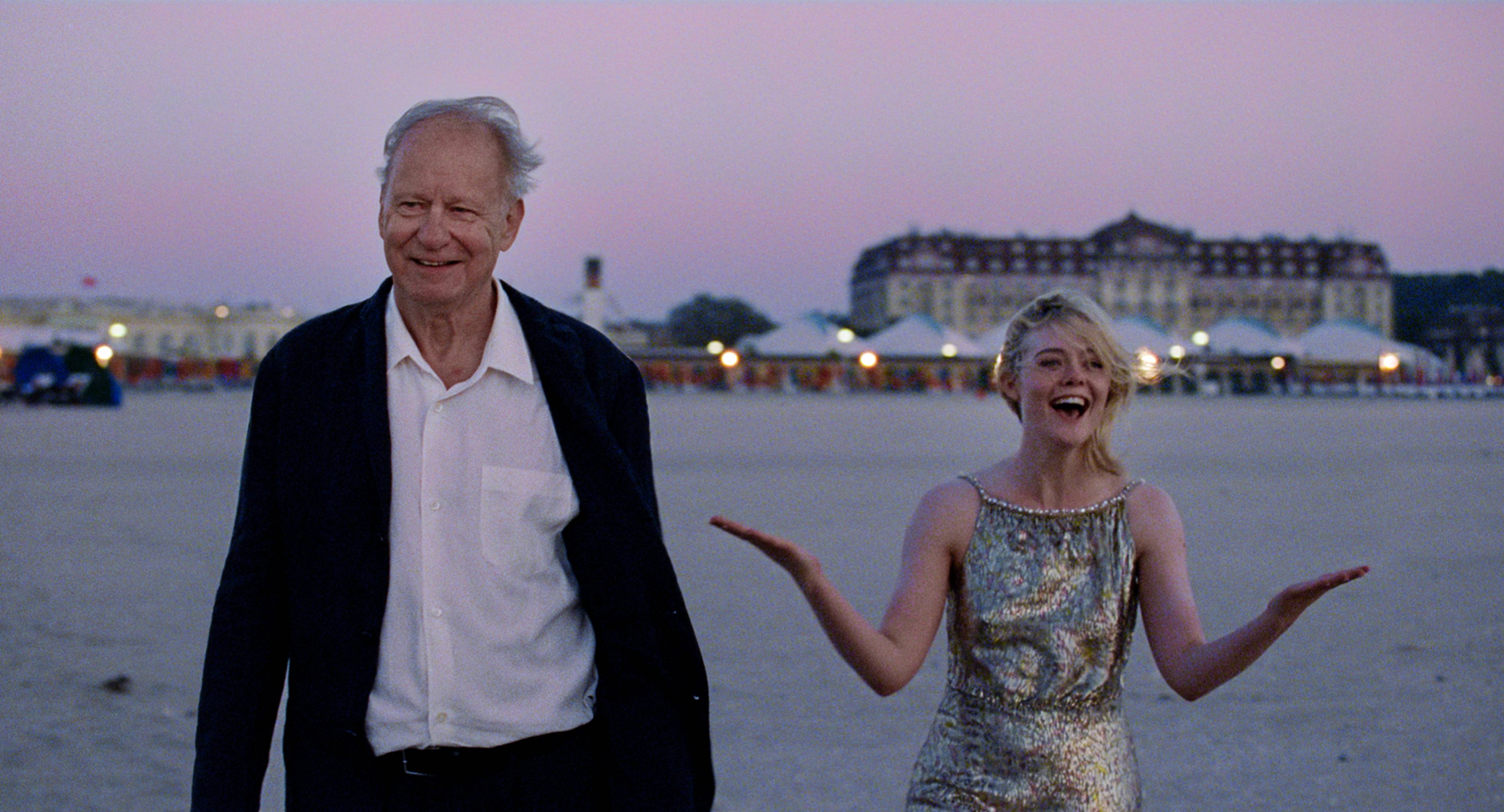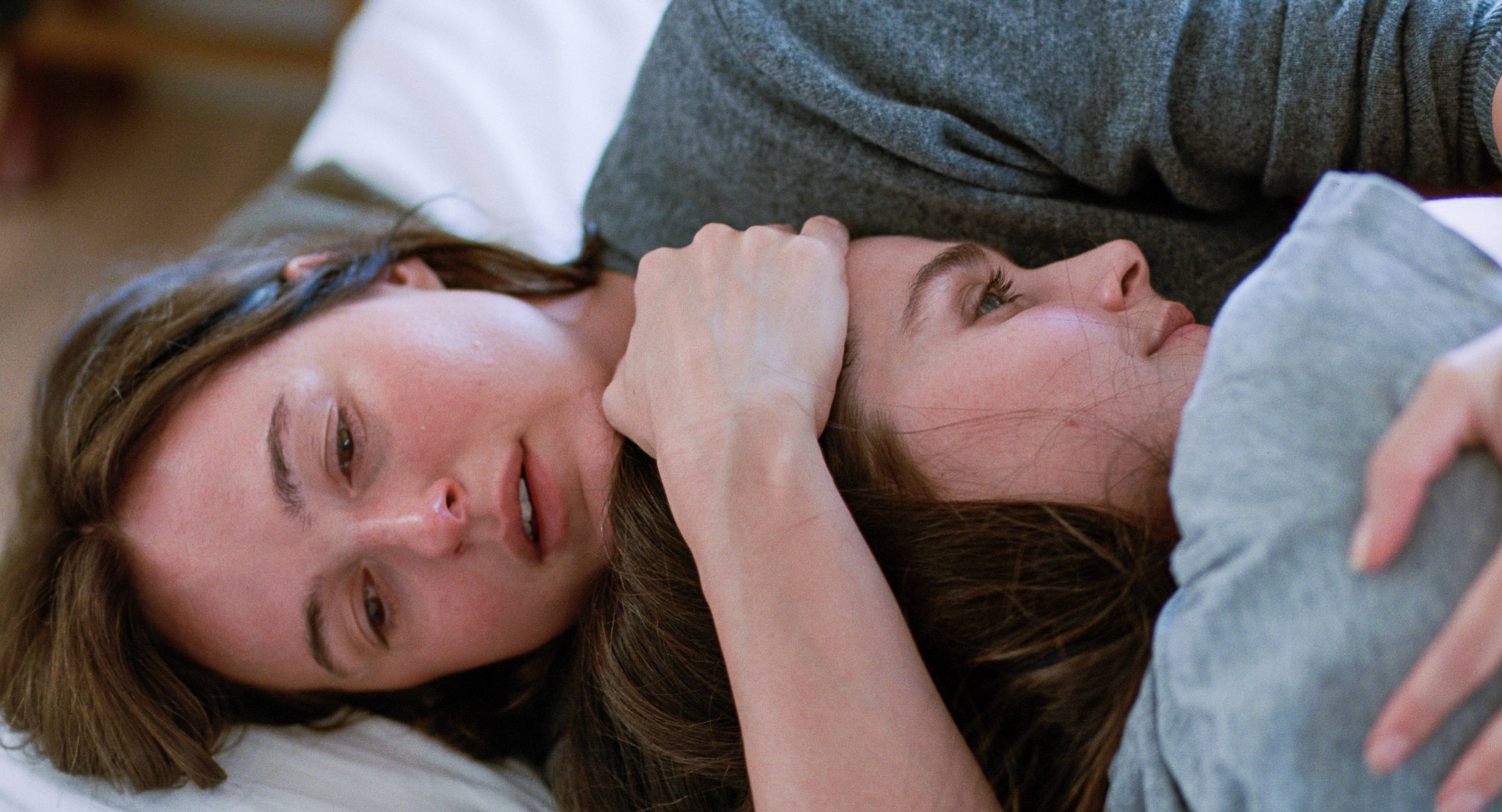Cannes 2025 was a brutal affair. Themes of the festival, which came up in several of the thirtyish films I watched, included family members plotting to kill one another; children living through the death knell of authoritarian states, and an obsession with AIDS and other forms of blood purity. This year’s Palme d’Or winner, Jafar Panahi’s brave and all-too-personal It Was Just an Accident (all films 2025), concerns a handful of strangers brought together by the common cause of torturing an amputee – if, in fact, he’s the same man who had previously tortured them. The reasons behind such truly globalized pessimism are not exactly obscure. But an unrelentingly morbid procession of premieres nearly drained all the fun out of my tuxedo-clad trip to the sun-soaked South of France, not to mention the joy of saying au revoir to the United States for a while. With screenings like these day in and day out, I began wondering why I’d silenced my New York Times notifications.
Of the all the films I saw, like an addict on a binge, exactly one left me feeling better than I did going in: Joachim Trier’s Grand Prix-winner Sentimental Value. One might suggest (as some fans of Oliver Laxe’s stunningly nihilistic road movie Sirât did to me personally) that an uplifting film has little to offer our moment of dismalness. But none of the movies in competition this year were documentaries, a cinematic category that Cannes notably eschews; meaning, the features’ resonance with reality is up to us. And if we can all agree that we’re living through an era of exceptionally bad vibes, isn’t it all the more “urgent” or “necessary” to seek out antidotes instead of more poison?
Trier’s great theme is the manufacture of personal identity and the threats that it poses to others. He struck gold in 2021 with The Worst Person in the World, which provided a breakout for longtime collaborator Renate Reinsve in the role of Julie, an indecisive twenty-something trying to get her life together. It won her Best Actress at Cannes and was submitted as Norway’s entry to the Oscars that year, vaulting Trier to the status of international auteur. Reteaming with Reinsve so soon after their joint success, I worried that Sentimental Value might feel derivative, especially if she failed to distinguish herself from the previous film’s character. I needn’t have stressed. If Worst Person was about the plasticity of persona, the endless discoveries one can make about oneself in the moment, Sentimental Value explores the inheritances of trauma and the peril of ignoring our responsibilities to the past. In this arena, arriving at a happy ending is necessarily the harder achievement.
Nora (Renate Reinsve) in Sentimental Value, 2025
Here, Reinsve stars as Nora, an actress in Oslo’s National Theater whose career, at the film’s opening, is already firmly established. If she could only get over the bouts of anxiety that set in just before she takes the stage, making her a menace to both cast and crew, one could easily see her living out a comfortably rewarding life. The daughter of a famous film-director father and psychoanalyst mother, she naturally has some shit to work through, proudly telling the married man she’s sleeping with that she’s “at least eighty percent” fucked up. It might well remain a manageable problem, though, so long as such self-abasement keeps earning her rave reviews as Medea onstage.
Things change when Nora’s mother dies and her estranged father, Gustav (Stellan Skarsgård), returns to Oslo to assess the old family home, where Nora’s sister, Agnes (Inga Ibsdotter Lilleaas), now lives with her husband and son. There, Gustav, who is otherwise reduced to attending international retrospectives of his work, hatches a plan for one last masterpiece, whose climax would stage a suicide very similar to the one his own mother committed in the house’s front parlor. He wants Nora to star in that role, both for her uncanny resemblance to his mother, but also for the production money that would come with her name. Sensing emotional manipulation, she refuses.
Gustav (Stellan Skarsgård) & Nora (Renate Reinsve) in Sentimental Value, 2025
For a movie about a filmmaker, Trier’s depiction of Gustav is refreshingly demeaning. Skarsgård’s character may or may not be an artistic genius, but there’s no doubt that he is an uncompromising asshole. When he encounters a problem, he stops, drinks some Scotch, and tries a more devious approach. One day, the famous American actress Rachel Kemp (Elle Fanning, playing herself to the hilt) stops by yet another of his career retrospectives, and a lightbulb goes off; the film suddenly becomes a Netflix production, now partly in English, with Rachel in role of the suicidal mother. A far cry from Nora, whose theatrical performances draw on her emotional turmoil, Rachel’s the typical American starlet: She’s eager to do a good job, and will take all the notes and voice-coaching lessons she can, but her primary purpose in life is to sell cosmetics. Trier ingeniously borrows footage from a real Paco Rabanne ad Fanning starred in (for a fragrance called FAME) to torment Nora as she walks around Oslo.
What Fanning’s character can’t know, because Gustav never tells her, is that his mother’s death followed years of torture, after she was captured as part of the Norwegian resistance during World War II. If this seems like a tidy explanation for her suicide, it fails to capture the confusion and betrayal that young Gustav must have felt from the fallout. In any case, it’s his idea of artistic license to keep the act mysterious for his new lead actress. Rachel dyes her hair, tries out a thick Norwegian accent, and even seeks out Nora’s insight into her father’s character. But no amount of research can supply her with the “motive” she craves. Meanwhile, the production is literally tearing the family home apart: After initially welcoming her distant father back into her life, Agnes watches, helpless, as her domestic space becomes a film set. And Nora, having used her father’s absence as emotional ballast for years, suddenly finds herself unable to act.
Nora (Renate Reinsve) & Agnes (Inga Ibsdotter Lilleaas) in Sentimental Value, 2025
A careful analysis of how family members form and affect one another, Sentimental Value teeters towards mayhem as it reaches its crescendo – in a fun, albeit predictable, way. After having carefully exposed the fault lines in his domestic drama, I was caught up wondering what light touch Trier would exert to reduce it all to rubble: home wrecked, film botched, every character worse for wear. There are so many movies from the past five years that have done this, as if the whole purpose of building castles was to point out their foundations of sand. But what sets Sentimental Value apart is its surprising third act, in which several characters spontaneously forgo petty urges in favor of fulfilling deeper emotional needs. This begins, most astonishingly, with Fanning’s character, whom Trier invites us to dismiss as a cliché early on – just another actress protective of her juicy role. So to witness the American A-lister, already halfway through a Persona-like transition into Nora’s faux-Scandinavian doppelgänger, announce that she is not the right person for the job, lands as nothing short of a revelation. It changes the equation of the film, from a fable of destruction to a study of repair.
Sentimental Value is a movie about artists’ temptations to use their practice as a salve, and the moral recklessness of dealing with problems on the page or on the stage without first confronting them in their lives. Many of the films I saw this year at Cannes lingered over moments of difficult ethics as a way of asking viewers what they would do in such situations. But few allowed their characters to eventually make the right choice, and watch their lives improve as a result. Trier’s psychological vision of art-making reminds us that destructive spectacles are often a distraction from the main event of self-improvement, whose actualization can’t begin until we ask ourselves what we really need from one another to thrive. The final scene, which takes place on a film set (safely reconstructing the home Gustav nearly destroyed) suggests that there are many ways to make art out of personal misery. But one needn’t come at the expense of the other.
___





